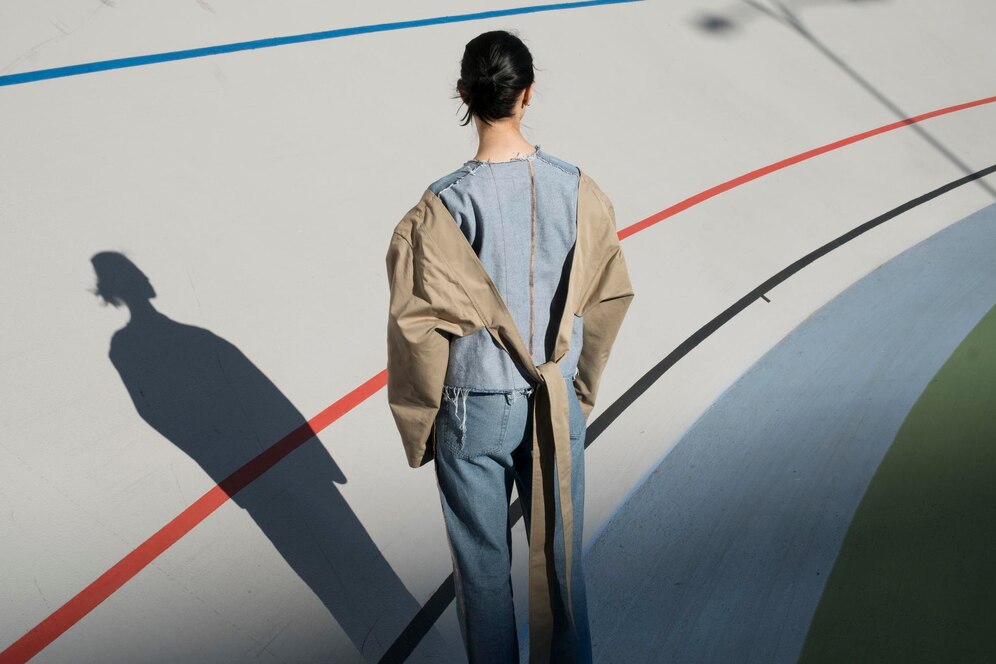Contents
- 1 Modern Minimalism: Finding Calm in a Busy World
- 2 Frequently Asked Questions
- 2.1 What is minimalism all about?
- 2.2 How do I begin to live a simple life?
- 2.3 To be a minimalist, do I have to stop shopping altogether?
- 2.4 What are some good tools for living a simple life?
- 2.5 Is it costly to live a minimalist life?
- 2.6 Can families live with very little?
- 2.7 Does minimalism help with mental health?
- 2.8 Related Articles
Modern Minimalism: Finding Calm in a Busy World
Think about how it would feel to walk into your house after a long day. There is a place for everything. No mess. No distractions. Just calm. Minimalism isn’t about giving things up; it’s about picking what matters. A lot of people are moving toward a minimalist lifestyle, especially in times when things are moving quickly and there are a lot of screens. Minimalism doesn’t just mean having less clothes or furniture. It’s about having more freedom, more clarity, and being more present.
This is what minimalism looks like in the modern world and how you can start small without feeling like you have to do a lot.
Digital Minimalism Is the New Cleanse
One of the biggest changes in the minimalist world is happening on the internet. People are starting to see that digital clutter is just as tiring as physical mess. Unread emails, notifications that never stop, and too many open tabs all take up mental space. More and more creators are now encouraging things like having a set amount of screen time, using apps that don’t have distractions, or even deleting social media for good.
Apps like Forest and Minimalist Phone help people stay focused and block out digital noise. A lot of people are also using websites like Notion to make their daily tasks more organized and easier on the eyes and the mind.
The Growth of Capsule Wardrobes
Capsule wardrobes—carefully chosen sets of clothes that can be mixed and matched easily—are becoming popular in the fashion world. The goal is to have 15 or 20 pieces that really work for your lifestyle instead of 50. Key things are neutral colors, classic cuts, and clothes that can be used in many ways.
H&M Conscious and Zivame are two brands that now have collections that promote sustainable and intentional dressing. This makes it easier to shop mindfully instead of on impulse.
Living Spaces That Breathe
Interiors have become more clean. Minimalist decor isn’t cold or empty anymore; it’s warm, useful, and calming. Think about things that make you happy, like open shelves and soft lighting. People are getting rid of big furniture and replacing it with smart storage, folding designs, and other ways to save space.
Modular furniture and decor that is good for small, conscious living is now available on sites like Urban Ladder and Pepperfry. Even small studio apartments are being turned into peaceful havens with fewer but more important things.
Mindfulness Is Now a Daily Habit
Minimalism isn’t just about things anymore; it’s about how we think and live. Mindful scheduling is a big trend. Part of modern minimalist routines is saying no to extra meetings, doing less at once, and planning slow weekends.
People are using planners from stores like The June Shop or Amazon to plan days that focus on getting a few important things done well. It’s not about doing less; it’s about doing what really matters.
How to Start Without Getting Too Stressed
At first, the idea of “less” can be scary, especially in a world that values “more.” But living a minimalist life doesn’t mean getting rid of everything you own or deleting all of your apps. It just means being careful about your choices. Start by emptying one drawer. Set a timer for 15 minutes. “Do I use this?” or “Does this make my life better?” are good questions to ask yourself. That’s enough.
Try to break one digital habit at a time. For example, don’t use your phone for the first hour of the day. Instead of scrolling, light a candle. Change the layout of your room to make it feel bigger, not smaller. Get rid of loud wallpapers and put up soft colors or simple art instead.
Minimalism is not a race or a style that everyone should copy. It’s personal. You can love color, fashion, or have 20 books and still be a minimalist. The key is intention.
Read more: Embracing Minimalism: A Path to a Simpler Life
Frequently Asked Questions
What is minimalism all about?
Minimalism is the art of having less so you can have more. It’s not about being empty; it’s about being purposeful.
How do I begin to live a simple life?
Start with small things, like cleaning up a room, getting rid of emails you don’t need, or cutting back on shopping. Don’t put yourself under pressure; instead, focus on what makes you feel good.
To be a minimalist, do I have to stop shopping altogether?
No. Minimalism doesn’t mean you can’t buy anything; it just means you should think about what you buy. You can still enjoy shopping; just do it with more thought.
What are some good tools for living a simple life?
Notion and Forest are apps that help you live a minimalist life. Urban Ladder is a store that sells clean furniture, and The June Shop sells planners.
Is it costly to live a minimalist life?
No way. It actually saves money a lot of the time. You buy less, shop smarter, and only keep what you really need.
Can families live with very little?
Yes. Many families practice minimalism together by having routines, keeping things tidy, and sharing values.
Does minimalism help with mental health?
Yes, of course. Less clutter in your space and daily life can help you relax, think more clearly, and feel calmer.





